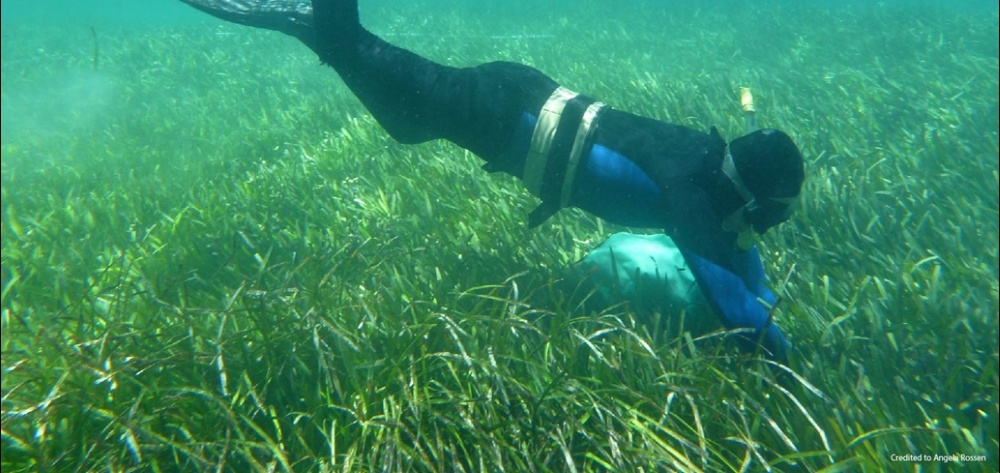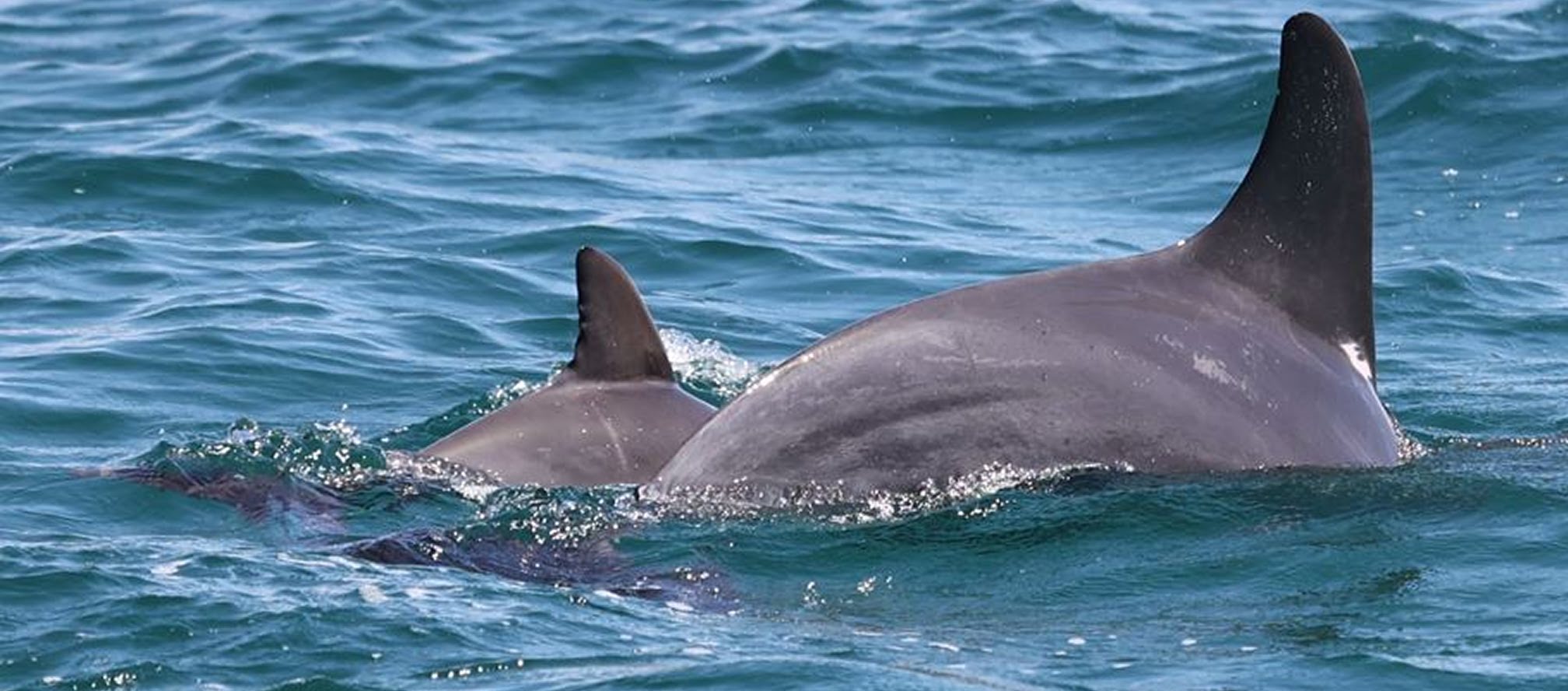
\Westport has partnered with the Western Australian Marine Science Institution (WAMSI) to deliver the $13.5 million WAMSI-Westport Marine Science Program. This 3-year program is developing the latest data, information and modelling on the complex environmental systems and community values associated with Cockburn Sound.
Project 2.2: Two decades of seagrass monitoring data shows drivers include ENSO, climate warming and local stressors
Research Theme: Benthic Habitats and Communities
Researchers: C Webster, K McMahon, C Ross, E Afrifa-Yamoah, N Said, R Hovey, B Martin and S Strydom
Publication Date: July 2024
Understanding the different drivers impacting seagrass
Understanding the key drivers that impact seagrass health is key to being able to protect these communities that are critical for marine health.
WA waters are considered a hotspot for climate pressures, influenced by ocean warming and extreme climatic events. These events are known to impact seagrass, along with localised pressures from human activity.
This project looked at the data and reports spanning a 20 year period across five regional seagrass monitoring programs in WA in temperate waters between the latitudinal gradient 30-33°S. This included Cockburn Sound, Jurien Bay, Marmion, Shoalwater Islands and Geographe Bay within Ngari Capes.
This regional comparison allowed for the assessment of the relative importance of global (e.g. warming) as well as local (e.g. coastal development) pressures for seagrasses.
What the report found
- There was a downward trend in seagrass health across the five regions reviewed until 2017, when abundance again grew, which partly aligns with the El Niño Southern Oscillation.
- Regions, like Cockburn Sound, with higher summer surface water temperatures which are more susceptible to climate change impacts, were more impacted than areas with cooler surface water temperatures
- Impacts could affect different areas in different ways, i.e. higher summer water temperatures had less impacts on seagrass in Jurien Bay as compared to impacts to seagrass in Cockburn Sound.
- The condition of Posidonia sinuosa across WA has declined in response to ocean warming, which was most pronounced in mid-latitude regions (31-32°S).
- Due to future climate change projections, there will be likely be variations in Posidonia sinuosa condition within regions.
How Westport will use the report
The report identified dredging activity as a key stressor for seagrass in Cockburn Sound, particularly considering potential cumulative effects from climate change. The findings of the report will be used to inform Westport’s overall environmental management framework to support seagrass health during construction and operations.
Read the full report here.

